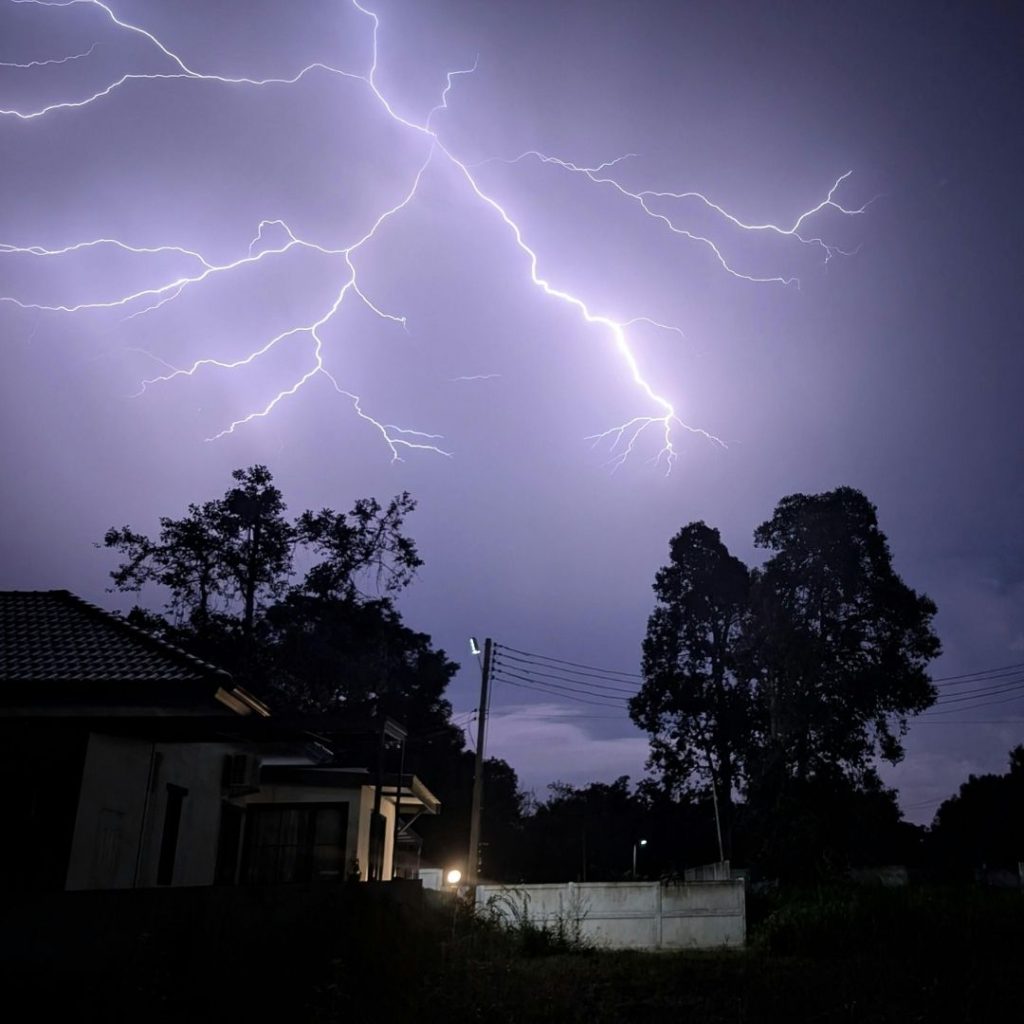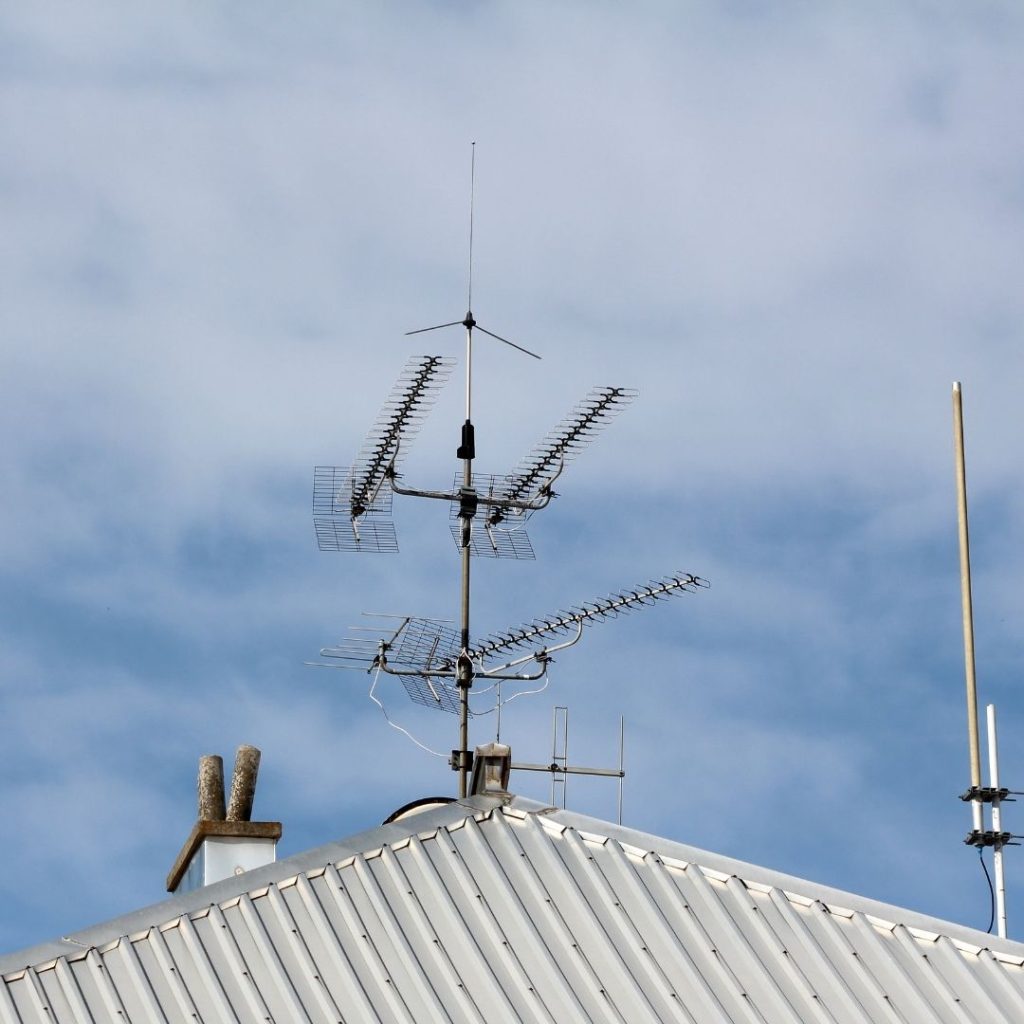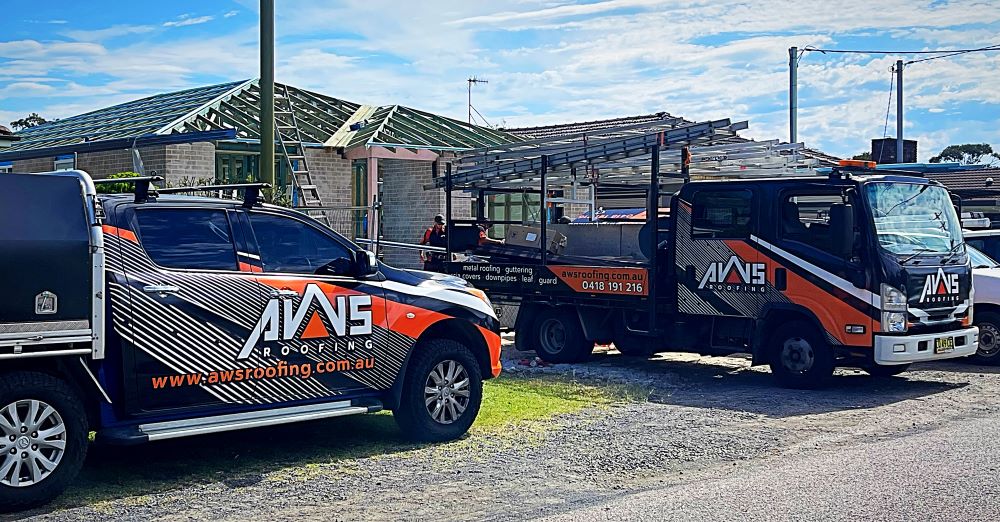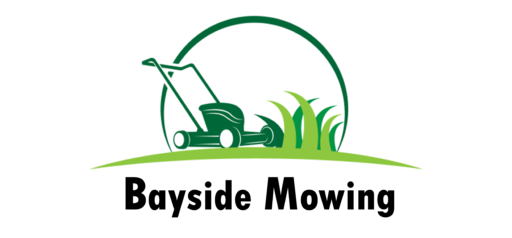Metal roofing is extensively recognised as one of the most robust and long-lasting roofing options available in Australia. Its impressive strength, exceptional durability, and energy efficiency are qualities that many homeowners deeply appreciate. However, a common concern arises among homeowners: do metal roofs attract lightning?
As more homeowners are choosing to install Starlink dishes and various aerial devices, worries regarding lightning strikes have also increased. In this in-depth discussion, we will delve into the facts surrounding this significant topic, highlighting why metal roofing, along with antennas and satellite systems, is often perceived as safer than many people might initially assume.

Exploring the Connection Between Metal Roofs and Lightning Safeguards
Despite the widespread belief that metal roofs attract lightning, the truth is quite the contrary. A metal roof does not attract lightning. Essentially, lightning is drawn to the highest point in a landscape and is not influenced by the roofing material itself. Lightning typically follows the path of least resistance to reach the ground, which is why it often targets taller structures such as trees, poles, or antennas rather than the roofing material.
In the unfortunate situation where a home with a metal roof is struck by lightning, it is comforting to know that metal disperses energy effectively and safely. Unlike roofing materials such as tile or timber, metal is inherently non-combustible and does not ignite easily. If lightning strikes, the electrical charge spreads rapidly across the roof’s surface and harmlessly dissipates into the ground, particularly when the building’s grounding system has been correctly installed.
In summary, opting for a Colorbond® roof does not heighten the chances of your home being struck by lightning. However, if a lightning strike does occur, having a metal roof is undoubtedly one of the safest options available, providing homeowners with significant peace of mind and enhanced safety.
Evaluating the Lightning Strike Risks Associated with Aerials and Starlink Dishes
Much like metal roofs, aerials, antennas, and Starlink dishes do not inherently attract lightning simply due to their presence. Lightning is generally drawn to height and isolation rather than specifically to the metallic components of these devices.
If an aerial or dish happens to be the highest point on your property, it may become the most likely target for a lightning strike. This scenario arises from its elevated position rather than its metallic composition. Therefore, it is essential to recognise that the risk of a lightning strike is predominantly influenced by the location of the structure rather than the materials from which it is constructed.
To enhance safety and reduce risks, consider implementing these best practices:
- Ensure that the dish or antenna is professionally installed and grounded according to the AS/NZS 1768 lightning protection standards.
- Bonding and grounding the system is vital, as this allows for the safe passage of any electrical surge to the earth, significantly lowering the risk of damage to your equipment or home.
- Avoid using isolated, ungrounded poles that extend significantly above the roofline, as these can increase the likelihood of lightning strikes.
When installed correctly, a Starlink dish or roof-mounted aerial on a Colorbond® roof remains entirely safe, even during severe electrical storms.

Investigating the Extensive Safety Advantages of Metal Roofing Materials
Beyond the critical consideration of lightning safety, metal roofing provides a diverse range of inherent protective features that position it as a superior choice for discerning homeowners:
- Fire Resistance: Metal is fundamentally non-combustible, making it an ideal selection for areas vulnerable to bushfires and extreme heat.
- Storm Durability: Metal roofs are designed to withstand hail, high winds, and heavy rainfall much more effectively than many traditional roofing materials.
- Corrosion Protection: Colorbond® coatings offer exceptional resistance against rust, particularly in coastal regions where salty air can pose a considerable risk.
- Energy Efficiency: Reflective coatings on metal roofing assist in minimising heat absorption during the sweltering summer months, leading to lower energy bills and improved comfort.
- Structural Lightness: Metal roofing is lighter than tile, reducing stress on the roof frame and enhancing the overall structural integrity of the building.
Essential Practices for Ensuring Roof Safety and Performance
To ensure complete confidence regarding the safety of your roof and any mounted equipment, conducting regular inspections is vital:
- After storm events, inspect flashings, fixings, and sealants to guarantee they remain intact and functional, protecting your property from potential leaks.
- Keep gutters and valleys clear of debris to prevent overflow and mitigate the risk of water damage to your property.
- Confirm that any antenna installations are properly grounded to minimise risk and enhance overall safety.
AWS Roofing provides professional inspections and roof replacements across the Central Coast, Newcastle, and Hunter regions, ensuring that every roof operates safely and efficiently while delivering maximum protection to your home and family.

Highlighting Key Takeaways on Metal Roof Safety and Performance
A metal roof does not attract lightning; in fact, it plays a crucial role in safeguarding your home from lightning strikes. When combined with professional installation and proper grounding of any roof-mounted equipment, a Colorbond® metal roof stands out as one of the safest, most reliable, and longest-lasting roofing systems available in Australia.
If you require expert assistance for metal roofing installation or replacement, please contact AWS Roofing, trusted specialists in durable and compliant roofing systems throughout NSW.
Do Metal Roofs Attract Lightning? (And Aerials or Starlink Dishes)
The Article: Do Metal Roofs Attract Lightning? A Look at Aerials and Starlink first appeared on https://writebuff.com
The Article Metal Roofs and Lightning: Insights on Aerials and Starlink Was Found On https://limitsofstrategy.com


